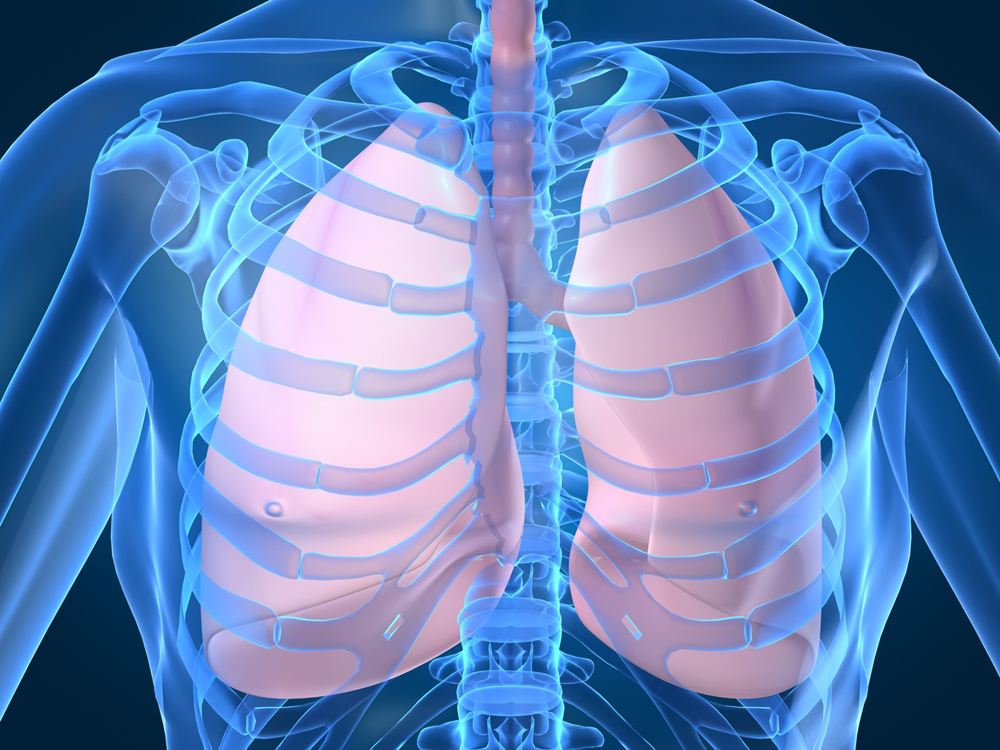Pulmonary drugs are commonly prescribed medications used to treat various lung diseases and respiratory conditions. As the lungs are a vital organ that supplies oxygen to the entire body, it is important to understand these medications and how they can help improve lung health. This article provides an overview of commonly used pulmonary drugs categorized under different classes.
Bronchodilators
Bronchodilators are one of the most commonly prescribed classes of pulmonary drugs used to treat conditions that involve bronchospasm or constriction of the bronchial tubes. They work by relaxing and opening the airways to make breathing easier.
Beta-2 Agonists
Short-acting beta-2 agonists such as albuterol are usually prescribed through inhalers to provide quick relief from bronchospasm during asthma attacks or flare-ups of COPD. Pulmonary Drugs work within a few minutes by binding to beta-2 receptors in the lungs to relax bronchial smooth muscle. Long-acting beta-2 agonists like salmeterol need to be taken only twice daily to provide around-the-clock control of asthma symptoms.
Anticholinergics
These drugs such as ipratropium antagonize the effect of acetylcholine, a chemical mediator that causes bronchial muscle constriction. When inhaled, anticholinergics relax bronchial smooth muscles within 15-30 minutes and provide relief from bronchospasm for 4-6 hours. They are commonly used along with long-acting beta-2 agonists for maintenance treatment of COPD.
Corticosteroids
Inhaled corticosteroids (ICS) are highly effective anti-inflammatory drugs for controlling persistent asthma. ICS drugs like beclomethasone and fluticasone propionate suppress inflammation in the airways over a period of time when used regularly as prescribed. They are available as metered-dose inhalers, dry powder inhalers, and nebulizers. While very effective, long term use of oral corticosteroids can cause serious side effects.
Mast Cell Stabilizers
Mast cell stabilizers prevent mast cells in the airways from releasing inflammation-causing chemicals like histamine. Cromolyn sodium, which is inhaled through a nebulizer, is an example and used mainly to prevent asthma attacks. These medications need to be taken on a regular schedule to be effective.
Leukotriene Modifiers
Leukotrienes play a key role in causing asthma symptoms and airway inflammation. Leukotriene modifiers like montelukast and zafirlukast block the action of leukotrienes and are used as maintenance treatment for mild-to-moderate persistent asthma. They are available as oral tablets and provide added efficacy when used along with ICS therapy.
Combination Therapies
Combination inhalers containing different classes of bronchodilators and corticosteroids are very useful for improving patient compliance in chronic lung diseases. Examples include fluticasone-salmeterol, budesonide-formoterol, which combine an ICS and long-acting beta-2 agonist in one inhaler. These fixed-dose combinations help achieve better asthma control with single daily inhalation rather than multiple medications.
Other Important Pulmonary Drugs
Mucolytics: Drugs like ambroxol and acetylcysteine aid in thinning and loosening mucus in conditions like chronic bronchitis so it can easily clear out. This improves lung function symptoms like cough.
Xanthines: Medications like theophylline exert bronchodilator and anti-inflammatory effects on lung tissue. However, they require close monitoring due to the narrow therapeutic window and risk of toxic side effects.
Phosphodiesterase Inhibitors: Roflumilast is an oral drug approved for severe COPD that inhibits the enzyme phosphodiesterase-4. This helps reduce inflammation in the lungs.
Long-term Use and Safety Considerations
While pulmonary drugs play a critical role in managing lung diseases, their long-term safety profile needs careful consideration especially with prolonged corticosteroid use. Close monitoring of potential side effects like oral thrush, hoarseness, decreased bone mineral density is advised. Inhaled therapy is preferred due to less systemic absorption and better safety profile compared to oral routes. Proper inhaler technique is also essential to ensure drugs reach the small airways deep in the lungs where their action is needed. With appropriate usage under medical guidance, pulmonary drugs provide effective disease control and improve quality of life for millions of people with respiratory illnesses.
Understanding these medications, their mechanisms and proper usage can help optimize management of respiratory conditions and improve lung health. Pulmonologists and other healthcare providers play an important role in educating patients about these valuable treatments.
*Note:
1. Source: Coherent Market Insights, Public sources, Desk research
2. We have leveraged AI tools to mine information and compile it


